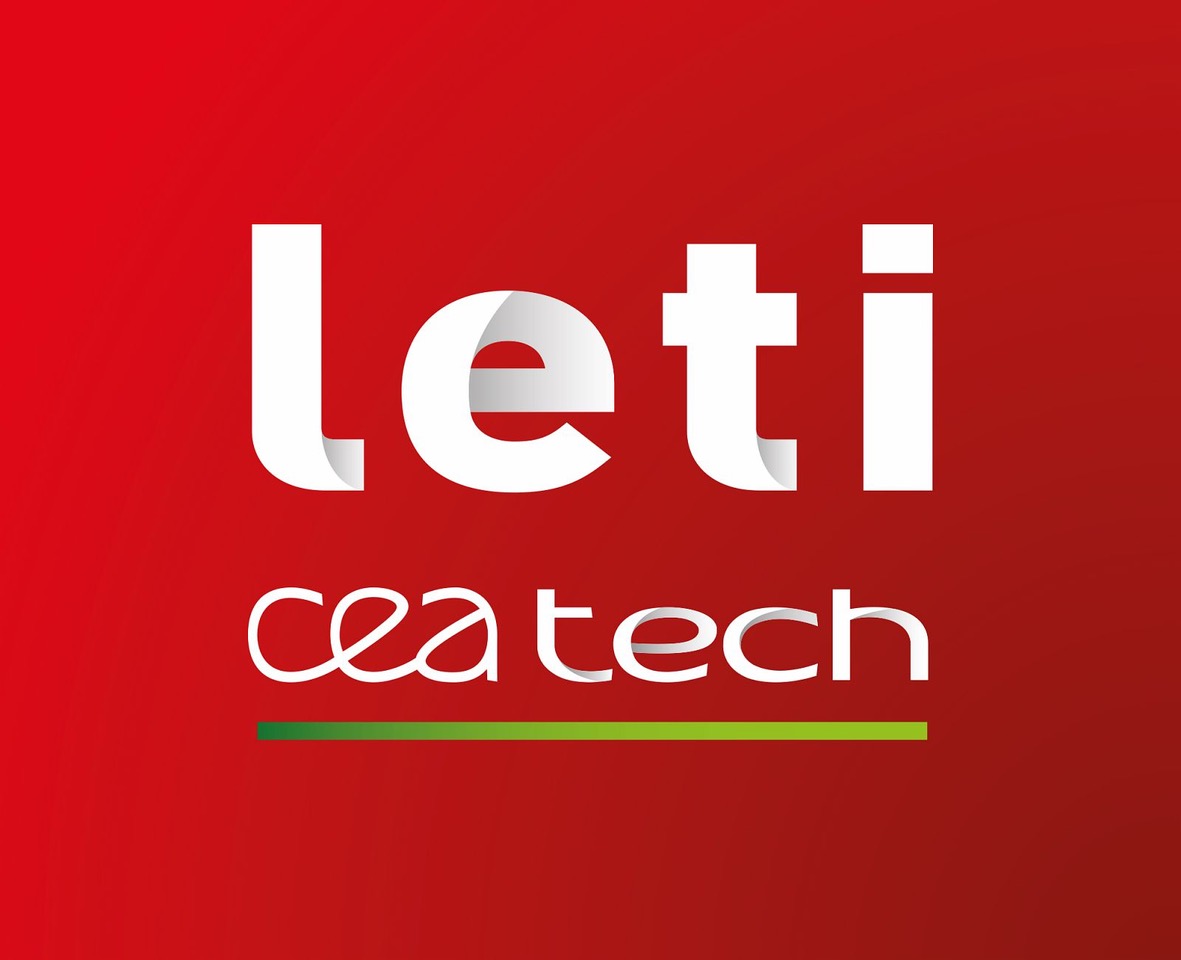Integration of a Testbench for the Optical and Thermal Characterization of Near-Infrared Detectors Used in Ground and Space-Based Astronomy
on Thursday, Dec 24, 2020
J.Jiménez, A. Grau and C. Padilla, “Integration of a Testbench for the Optical and Thermal Characterization of Near-Infrared Detectors Used in Ground and Space-Based Astronomy,” in IEEE Transactions on Instrumentation and Measurement, vol. 70, pp. 1-7, 2021, Art no. 5006107, doi: 10.1109/TIM.2020.3046923.
Link to publication.
Abstract
The mercury-cadmium-tellurium (MCT) sensors are considered the ideal infrared detectors to equip the focal plane arrays (FPAs) of astronomical scientific missions. To tackle Europe to be self-sufficient on this technology and promote to reach the same maturity level attained by the current MCT sensors market leaders, the Astronomy European Infrared Detector (ASTEROID) project aims to provide Europe with the capability to manufacture high-performance infrared FPAs devoted to scientific use, space astronomy, and ground-based telescope infrastructures. The resulting detector will be a hybridized MCT array with a CdZnTe substrate of 2k × 2k pixels and 15 μm of pixel pitch. The Institut de Física d’Altes Energies (IFAE) will lead the task to validate the detector performance with respect to the hybridization reliability between the readout integrated circuit (ROIC) and the MCT detector by submitting it to several low-temperature thermal cycles. After every thermal stress, the detector will be optically characterized in order to measure any performance degradation and possible problems with the pixel operability. To perform such tasks, two custom setups, focused on optical and cryo-vacuum aspects, were developed, which, used in conjunction, allows to cool down the detector from the room temperature up to ~30 K, while it is electro-optically characterized in terms of linearity, gain, quantum efficiency, and cosmetics defects, among others. The whole cryo-vacuum system and the optical setup are fully described in this article as part of the work packages assigned to IFAE to test the hybridized detector to assess the reliability at operating temperature and after several thermal cycles.






